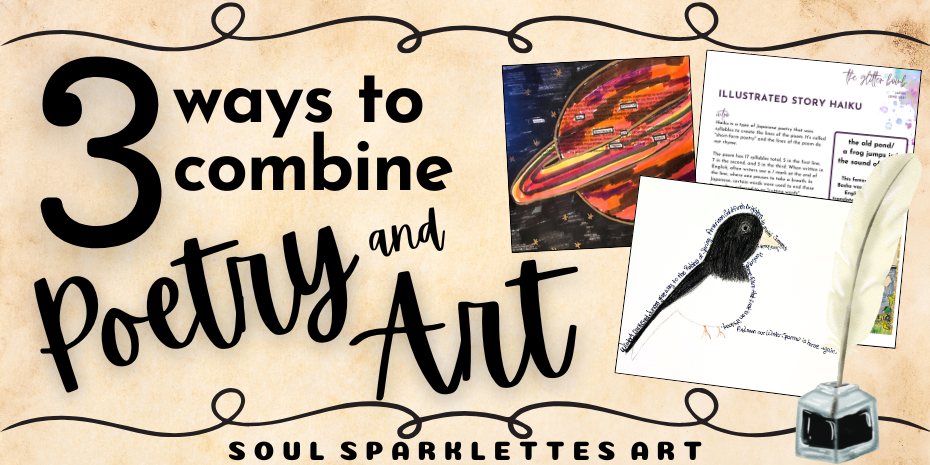What if the poem didn’t have to be written in lines or stanzas?
In concrete poetry, the words are written along the outline of an image. Kids are drawn in right away as their eyes curiously follow the words around the page. Much more interesting than a page full of text!
To teach this type of poetry, a topic is the place to start. Have students draw a simple outline of the thing their poem will be about.
Then, on a separate sheet of paper, students can brainstorm and come up with a short poem about the item they drew. Help them match the length of their poem to the drawing – not too long or short!
Decide on a starting point and let kids write their poem around the outline of their drawing. The words can even trail off and take the shape of another item in the picture or the poem. Add details to the drawing and background for a finished look.
Tip: Encourage them to start somewhere other than the left side of the paper, and see where it goes.
Words that take on shape and images add a multi-sensory aspect to poetry, but kids just see it as FUN!

